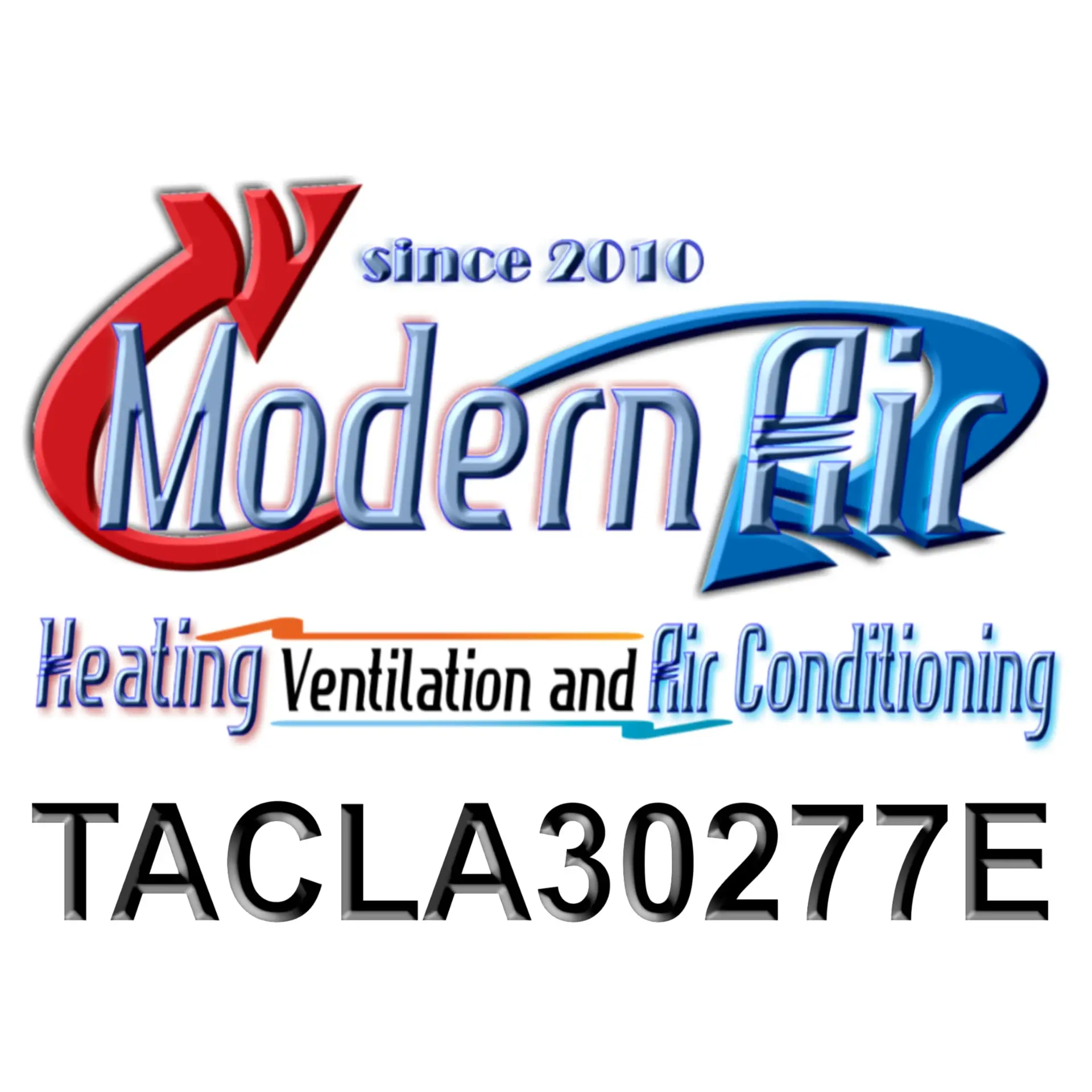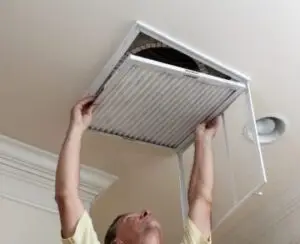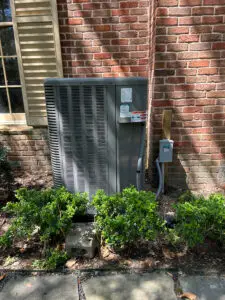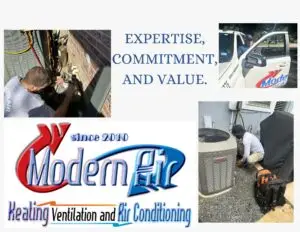Improving Indoor air quality is crucial to our daily lives. It directly impacts our health, comfort, and overall well-being.
Yet many of us overlook its importance. We spend most of our time indoors, at home, or at work.
The air we breathe indoors is often filled with invisible pollutants. These can range from dust and pollen to harmful chemicals.
Improving indoor air quality is not as challenging as it may seem. With the right knowledge and tools, you can easily reach this goal. This will lead to a healthier and more comfortable living or working space.
This article aims to provide essential tips for improving indoor air quality. It covers air purification, filtration, and other key strategies.
By the end, you’ll clearly understand how to create a healthier and more comfortable indoor environment.
Understanding Indoor Air Quality
Indoor air quality refers to the air condition within and around buildings and structures. It is related to the health and comfort of the occupants.
Bad indoor air quality can cause many health problems. These range from small issues like allergies to serious ones like respiratory diseases. Hence, maintaining good indoor air quality is essential for our well-being.
Common Indoor Air Pollutants and Their Effects
Indoor air can contain various pollutants, including dust, pollen, pet dander, and mold spores. Volatile organic compounds (VOCs) are also common indoor air pollutants.
These pollutants can have different effects on our health. Short-term effects include irritation of the eyes, nose, and throat, headaches, and fatigue. Long-term effects can be as severe as respiratory diseases, heart disease, and cancer.
Here are some common indoor air pollutants and their sources:
- Dust and pollen naturally occur and can enter buildings through windows, doors, and ventilation systems.
- Pet dander: This common allergen can cause allergic reactions and asthma attacks.
- Mold spores can grow in damp areas and cause allergic reactions and respiratory issues.
- VOCs: These are emitted by various products, including paints, varnishes, cleaning supplies, and air fresheners.
Understanding these pollutants and their sources is the first step toward improving indoor air quality.
Strategies for Air Purification
Air purification is a key strategy for improving indoor air quality. It involves removing pollutants from the air. Different methods, such as air purifiers, filters, and sealing ductwork or ductless air conditioning, can be used.
Choosing the Right Air Purifier
Choosing the right air purifier depends on your specific needs. For instance, you might want a purifier that filters out allergens if you have allergies. If you’re concerned about VOCs, look for a cleaner designed to remove these chemicals.
The Role of Air Filtration
Air filtration is another important aspect of air purification. It involves trapping particles and preventing them from circulating through your HVAC system. Regularly replacing your HVAC filters can prevent the buildup of pollutants and improve system efficiency.
The Benefits of UV Light Systems
UV light systems can also contribute to air purification. These systems use ultraviolet light to kill bacteria and viruses in the air. They can be a good addition to your HVAC system, especially during flu season or in a pandemic.
Ventilation: A Key Factor in Indoor Air Quality
Ventilation plays a crucial role in maintaining good indoor air quality. It helps to dilute and remove airborne contaminants. Good ventilation can greatly lower the amount of pollutants in your indoor space.
Natural vs. Mechanical Ventilation
Natural ventilation, such as opening windows, can improve air exchange. However, it may not suit all climates or people with allergies. On the other hand, mechanical ventilation systems, like heat recovery ventilators (HRVs), provide controlled and energy-efficient air exchange.
Ventilation Tips for Home and Office
For effective ventilation, ensure that air can flow freely in your space. Avoid blocking air vents or ducts. Consider installing a dedicated ventilation system in offices if not already in place.
Controlling Humidity and Preventing Mold
Maintaining optimal humidity levels is essential for good indoor air quality. High humidity can promote the growth of mold and mildew, which can release spores into the air. These spores can trigger allergies and cause respiratory issues.
Dehumidifiers or humidifiers can control humidity levels. These devices can help maintain a comfortable and healthy indoor environment. It is recommended that indoor humidity levels be between 30% and 50%.
Check for signs of mold regularly, especially in damp areas like bathrooms and basements. If you spot any mold, please take care of it immediately to prevent it from spreading and affecting your air quality.
Reducing VOCs and Chemical Pollutants
Volatile Organic Compounds (VOCs) can evaporate into the air at room temperature. They are found in many household products, including paints, cleaners, and air fresheners. High levels of VOCs can cause headaches, dizziness, and long-term health problems.
To reduce VOCs, choose products labeled as low-VOC or VOC-free. Also, ensure good ventilation when using products that emit VOCs. Proper storage of chemicals and solvents can also prevent off-gassing and improve indoor air quality.
HVAC Maintenance and Filter Replacement
Your HVAC system plays a significant role in maintaining indoor air quality. Regular maintenance and AC System tune-ups ensure it does not contribute to indoor air pollution.
One key aspect of HVAC maintenance is filter replacement. Regularly changing your filters can prevent the buildup of pollutants and improve system efficiency.
The Importance of Dusting and Vacuuming
Dusting and vacuuming are essential in reducing airborne particles. When dusting, use a damp cloth to prevent dust from dispersing into the air.
Consider a vacuum cleaner equipped with a HEPA filter for vacuuming. This filter can capture more particles and allergens, improving air quality.
Monitoring and Testing Air Quality
Monitoring your indoor air quality can provide valuable insights. Various air quality monitors can track pollutant levels in real time.
These devices can help you understand your indoor environment better. They can identify specific pollutants and their concentrations.
When to Consider Professional Testing
While home monitors are useful, they may not capture everything. If you have ongoing health problems or see a sudden change in air quality, think about getting professional testing.
Professional HVAC inspections can identify air quality issues and suggest improvements. They can also test for harmful gases like radon and carbon monoxide.
Conclusion: Breathing Easy in Your Indoor Environment
Improving indoor air quality is crucial for a healthier and more comfortable living environment. Implementing these tips can significantly reduce pollutants and enhance air quality.
Remember, maintaining good indoor air quality is an ongoing process. Stay informed and proactive, and breathe easy in your indoor environment. Contact Modern Air of Katy for more information. You can also schedule a free quote for AC repair in Katy and nearby West Houston.






